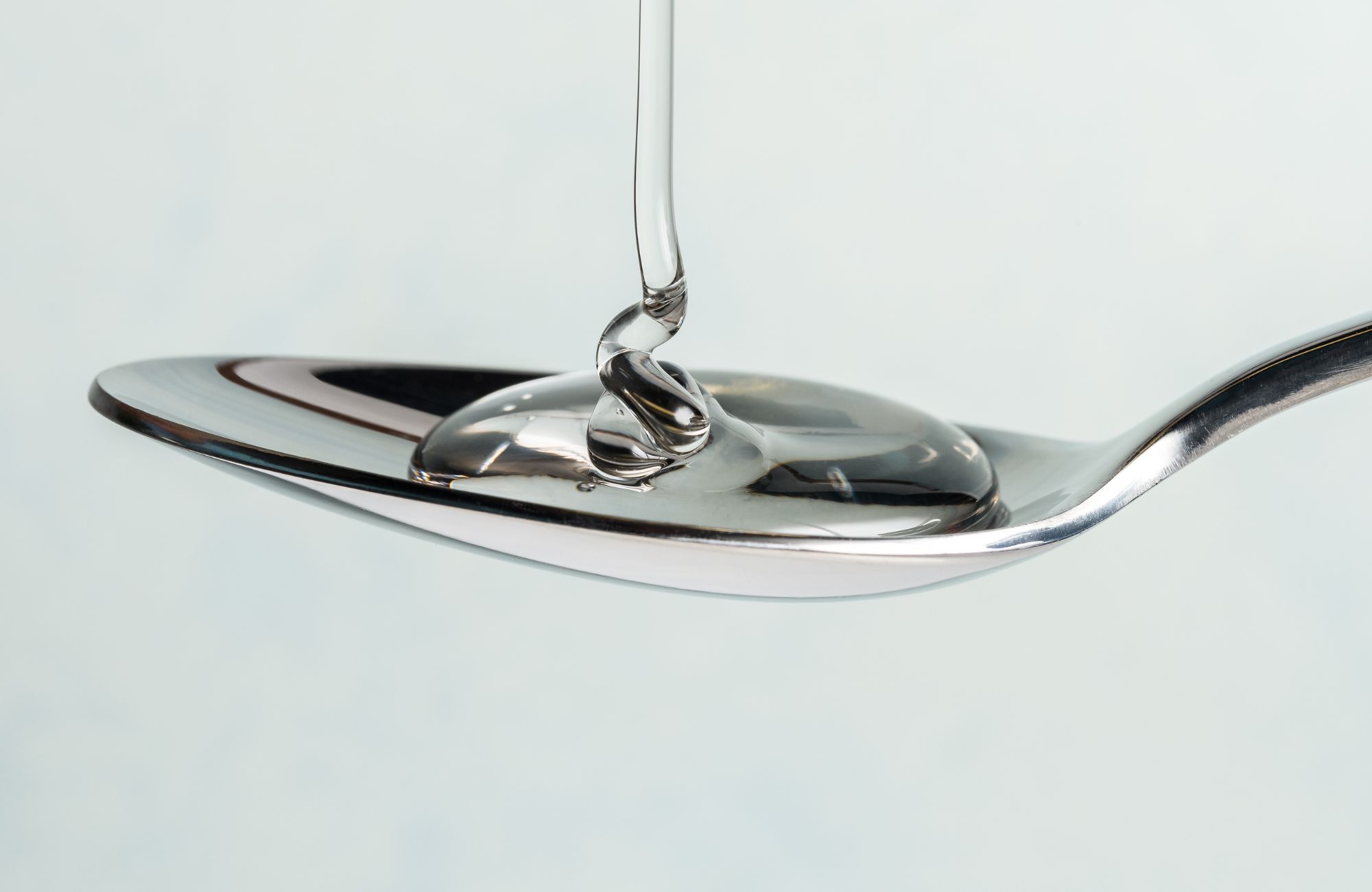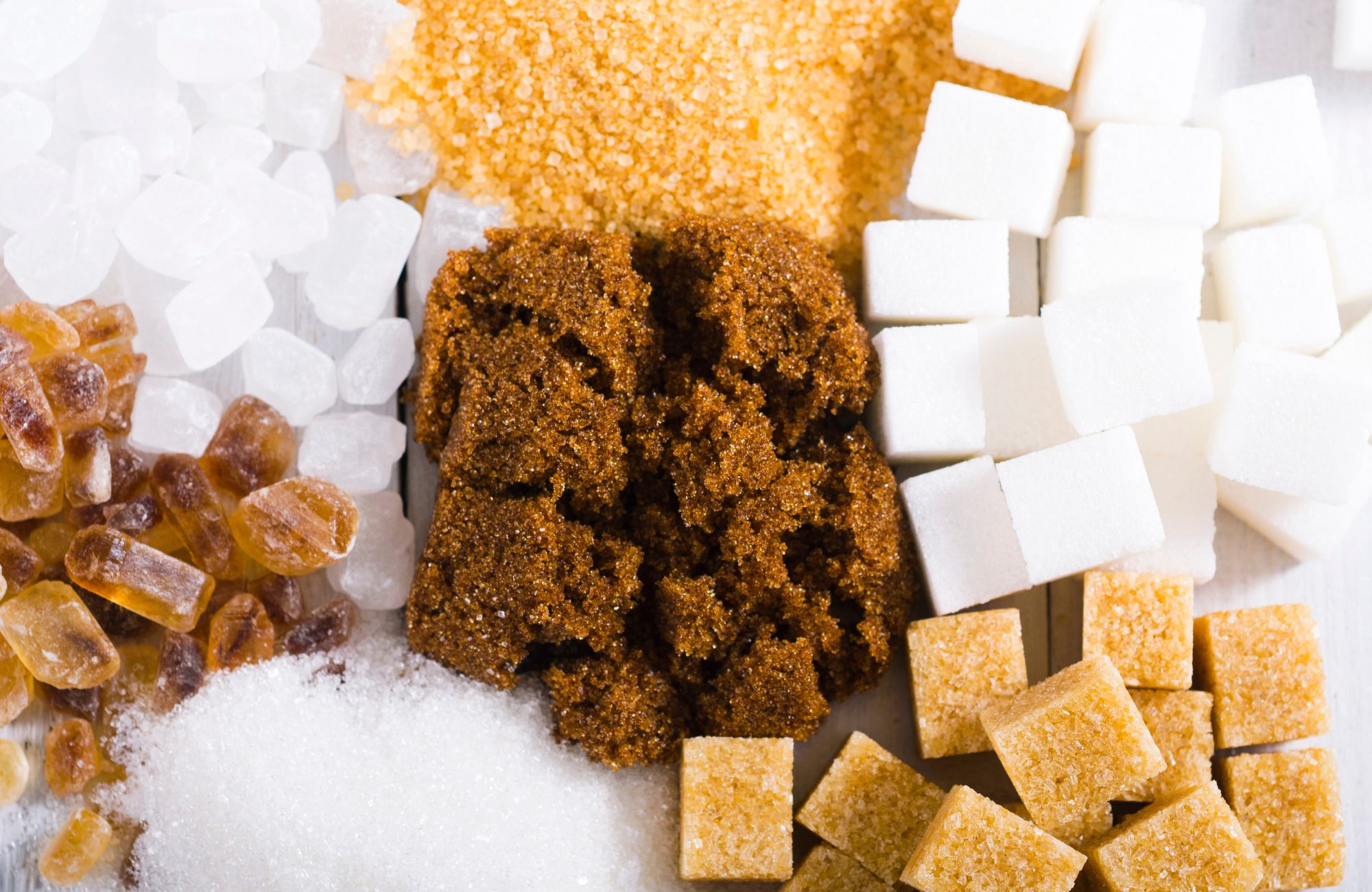
What Is High-Fructose Corn Syrup?
High-fructose corn syrup (HFCS) has become one of the most widely used sweeteners in the American food supply since its introduction in the 1970s. As consumers become increasingly conscious about food ingredients, questions about HFCS continue to rise. What exactly is this sweetener? How is it made? And most importantly—is it safe to consume?
What is High-Fructose Corn Syrup?
High-fructose corn syrup (HFCS) is a liquid sweetener made from corn starch that undergoes enzymatic processing to convert some of its glucose into fructose, making it sweeter than regular corn syrup. Composed primarily of fructose, glucose, and water, HFCS differs from standard corn syrup, which is nearly 100% glucose. The specific ratio of fructose to glucose varies by formulation, with common types like HFCS-42 (42% fructose) and HFCS-55 (55% fructose) used in processed foods and beverages. This unique composition allows HFCS to mimic the sweetness of sucrose while offering cost and functional advantages in food manufacturing.
The History of HFCS
High-fructose corn syrup (HFCS) was developed in the 1960s and gained popularity in the 1970s due to rising sugar prices, government subsidies, and its benefits in food production. By 2004, it made up 42% of caloric sweeteners in the U.S., contributing to increased fructose intake. In recent years, shifting consumer preferences and health concerns have led many manufacturers to reduce HFCS use, though it remains common in processed foods and beverages due to its cost and functionality.
How is High-Fructose Corn Syrup Made?
The production of high-fructose corn syrup involves a multi-step process that transforms corn into a concentrated liquid sweetener:
- Milling: Corn kernels are milled to separate the starch-rich endosperm from other components.
- Starch Extraction: The starch is extracted from the milled corn and purified.
- Conversion to Glucose: The corn starch, which consists of long chains of glucose molecules, is broken down using an enzyme called alpha-amylase. This process, known as saccharification, produces corn syrup that is essentially 100% glucose.
- Enzymatic Conversion: The key step that differentiates HFCS from regular corn syrup occurs when another enzyme, glucose isomerase, converts some of the glucose molecules into fructose. This enzyme rearranges the molecular structure of glucose to create fructose, which is significantly sweeter.
- Purification and Concentration: The resulting mixture undergoes purification and is concentrated to achieve the desired fructose-to-glucose ratio.
This process creates a shelf-stable liquid sweetener that offers food manufacturers numerous advantages: enhanced flavor delivery, extended shelf life, better freezing properties, and consistent quality in acidic foods and beverages.
Types of High-Fructose Corn Syrup
Not all high-fructose corn syrup is the same. The industry produces different formulations with varying fructose levels to suit specific applications:
- HFCS 42: Contains approximately 42% fructose, with the remainder being primarily glucose and water. HFCS 42 is commonly used in processed foods, baked goods, cereals, and some beverages. Its moderate sweetness level makes it suitable for applications where extreme sweetness isn’t required.
- HFCS 55: Contains approximately 55% fructose and 42% glucose. This formulation is primarily used in soft drinks and other beverages. Its higher fructose content provides increased sweetness, making it comparable to sucrose in sweetening power.
- HFCS 90: Contains approximately 90% fructose. This highly concentrated form is rarely used directly in consumer products. Instead, it’s typically blended with HFCS 42 to create HFCS 55, or used in very small amounts in specialized applications due to its extreme sweetness.
These different formulations give food manufacturers flexibility to choose the appropriate sweetness profile for various products while maintaining other desirable functional properties.
HFCS vs. Other Sweeteners
Understanding how high-fructose corn syrup compares to other common sweeteners helps put its properties in context:
HFCS vs. Table Sugar (Sucrose)
The main difference between HFCS and table sugar is their composition and form. Sucrose is a dry, crystalline solid with an even 50:50 ratio of glucose and fructose, while HFCS 55 is a liquid with slightly more fructose (55%) and some water. This makes HFCS easier to blend into foods and beverages, while sucrose requires dissolving. Despite this, both have similar sweetness, calorie content, and are processed by the body in nearly the same way.
HFCS vs. Honey
Honey is often seen as a more natural alternative to HFCS, but both contain similar sugar molecules. Honey has a mix of fructose (about 38%) and glucose (31%), which can be similar to some HFCS formulations. While honey undergoes less processing and contains trace minerals and antioxidants, both are still concentrated sweeteners that contribute to added sugar intake.
Foods and Beverages Containing HFCS
High-fructose corn syrup appears in a surprisingly wide range of products across the American food supply. Common sources include:
- Beverages: Soft drinks, fruit drinks, flavored waters, sports drinks
- Breakfast Items: Cereals, breakfast bars, pancake syrup, flavored oatmeal
- Baked Goods: Commercial breads, cookies, cakes, pies, crackers
- Condiments: Ketchup, barbecue sauce, salad dressings, jam, jelly, preserves
- Dairy Products: Flavored yogurts, ice cream, frozen yogurt
- Snack Foods: Granola bars, candy, processed snack packages
- Canned Foods: Fruits in syrup, soups, baked beans
- Fast Food: Many menu items and sauces at major chains
To identify HFCS in products, look for ‘high-fructose corn syrup’ or its alternative name, corn sugar, on ingredient labels.
HFCS and Nutrition
High-fructose corn syrup, like all caloric sweeteners, provides about 4 calories per gram, contributing to overall sugar intake. The American Heart Association advises limiting added sugars to 100 calories (6 teaspoons) daily for women and 150 calories (9 teaspoons) for men—amounts easily exceeded by a single 12-ounce soda. U.S. dietary guidelines, supported by the FDA, recommend reducing all added sugars, including HFCS and sucrose, to help prevent potential health risks from excessive consumption.
Health Effects Research on HFCS
The health effects of high-fructose corn syrup remain one of the most debated topics in nutrition science. Here’s what current research indicates:
Metabolism of Fructose
The liver processes fructose from all sources, including HFCS, table sugar, honey, and fruit. In excessive amounts, this can lead to increased triglyceride production, fat buildup in the liver, higher uric acid levels, and potential effects on insulin sensitivity. However, these risks come from consuming too much fructose overall, not just from HFCS.
Comparison with Regular Sugar
Studies comparing HFCS and regular sugar (sucrose) show similar effects on blood sugar, hunger hormones, and body weight when calorie intake is the same. Some research suggests slight differences in inflammation markers, but many studies use unrealistically high fructose levels that don’t reflect typical human consumption.
Obesity and Type 2 Diabetes
The rise in HFCS consumption has coincided with increasing obesity rates, but this does not prove a direct cause-and-effect relationship. Countries with similar obesity trends vary in HFCS consumption, while overall calorie intake, physical activity levels, and other dietary changes have also shifted. Some studies link higher HFCS consumption to increased diabetes prevalence, but these associations do not confirm that HFCS alone is responsible.
Liver Health
Research suggests that excessive fructose intake, regardless of the source, may contribute to nonalcoholic fatty liver disease. In the liver, fructose can increase fat production, leading to fat buildup in liver cells and potentially progressing to more serious liver conditions over time. However, these effects are linked to overall fructose consumption rather than HFCS specifically.
Triglycerides and Cardiovascular Health
High fructose intake can raise triglyceride levels, which may contribute to artery thickening and increased cardiovascular risk. Over time, this can strain the heart and affect overall metabolic health. However, these effects are associated with excessive consumption rather than moderate intake as part of a balanced diet, where the body can efficiently process and use fructose for energy.
Uric Acid and Gout
Fructose metabolism can increase uric acid production, which is linked to a higher risk of gout, a painful form of arthritis. This connection is thought to stem from how the body breaks down fructose. Some studies have associated sweetened beverage consumption with increased gout risk, but the concern applies to excessive fructose intake from any source, including HFCS and regular sugar.
Insulin Sensitivity
Research suggests that fructose may influence insulin sensitivity, affecting how cells respond to insulin. Even with moderate consumption, some studies have observed changes in insulin function, similar to those seen with sucrose. However, the long-term impact on diabetes risk is still being studied, and excessive intake remains the primary concern.
Reducing HFCS in Your Diet
For those looking to limit high-fructose corn syrup consumption, here are practical strategies:
- Read ingredient labels carefully – HFCS is found in unexpected products like bread and salad dressing, so check labels even on non-sweet foods.
- Choose beverages wisely – Soft drinks, sweetened beverages, and even some fruit juice products can be major sources of HFCS.
- Cook more meals at home – This gives you control over ingredients, avoiding HFCS often found in restaurant and processed foods.
- Choose whole foods – Fresh fruits, vegetables, unprocessed meats, eggs, nuts, and legumes naturally contain no HFCS.
- Make homemade condiments and sauces – Ketchup, salad dressings, and pasta sauces can be made without HFCS.
- Consider natural sweeteners in moderation – While all sweeteners should be limited, honey, maple syrup, and coconut sugar offer alternative flavors for occasional treats.
Conclusion
High-fructose corn syrup remains a widely used yet debated sweetener in the American food supply. While once believed to be uniquely harmful, research shows that HFCS affects the body similarly to regular sugar when consumed in equal amounts. The key takeaway is moderation—excessive intake of any added sugar can contribute to health concerns, but when used in balance with a nutrient-dense diet, it can be part of an overall healthy lifestyle. Understanding food labels, recognizing hidden sources of sweeteners, and making informed choices about processed foods can help maintain this balance.
At US Sweeteners, we are dedicated to providing science-based information to help consumers and businesses navigate the complexities of sweeteners. Whether you’re looking for alternatives, bulk purchasing options, or a better understanding of how sweeteners impact food production, our team is here to support your needs with transparency and expertise. Contact us to learn more.
FAQs
What is bad about high fructose corn syrup?
While not inherently ‘bad,’ excessive consumption of HFCS has been associated with potential health concerns, including increased liver fat, elevated triglycerides, weight gain, and possible links to metabolic syndrome when consumed in large amounts, similar to other added sugars.
Why is high fructose corn syrup banned?
High fructose corn syrup is not banned in the United States or most countries. However, some countries have restrictions on its use in certain products due to consumer preferences or differing food regulations rather than proven safety concerns.
Which is worse, sugar or high fructose corn syrup?
Current scientific evidence suggests that sugar and high fructose corn syrup have nearly identical metabolic effects when consumed in similar amounts, with neither being significantly “worse” than the other from a health perspective.
What is the difference between corn syrup and high fructose corn syrup?
Regular corn syrup is almost 100% glucose, while high fructose corn syrup has undergone enzymatic processing to convert some of that glucose into fructose, making it sweeter and more similar to table sugar in composition.



Leave a Reply